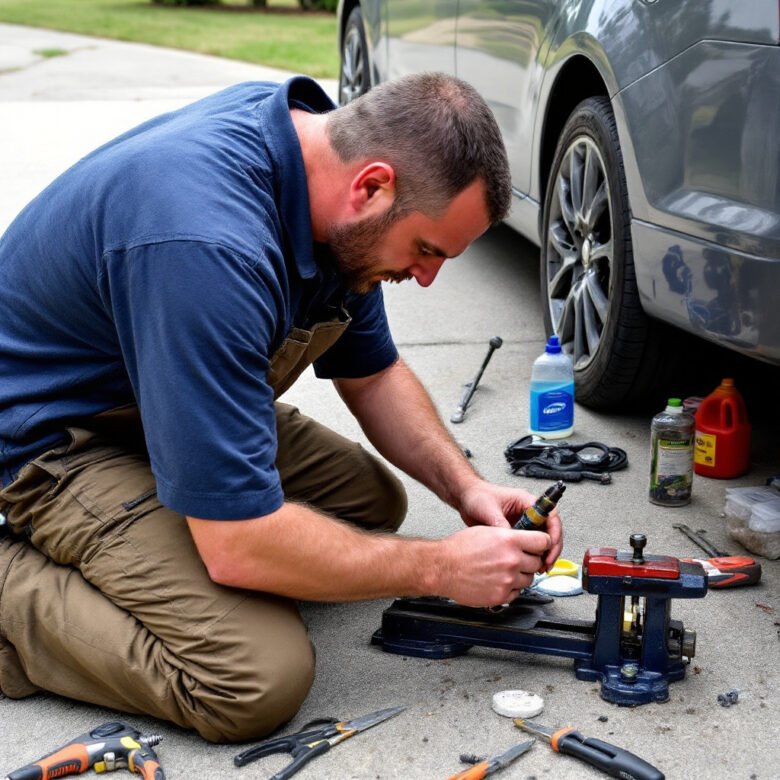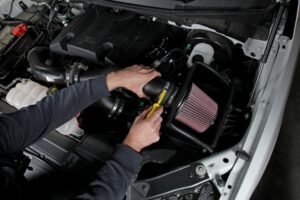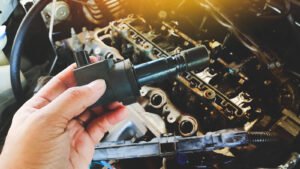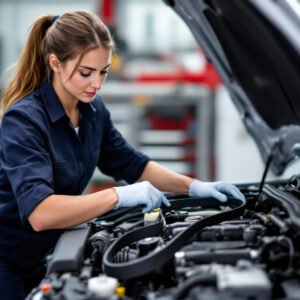Fuel injectors play a critical role in your vehicle’s performance, delivering the right amount of fuel to the engine for optimal combustion. Over time, they can become clogged with dirt, carbon deposits, and other contaminants, leading to reduced fuel efficiency, rough idling, and sluggish acceleration. Cleaning your fuel injectors regularly can help maintain engine performance and extend the lifespan of your vehicle. This DIY guide will walk you through the steps to clean your fuel injectors effectively.
Signs of Dirty or Clogged Fuel Injectors
Before cleaning your fuel injectors, it’s essential to determine whether they are indeed clogged. Common symptoms include:
- Rough idling or engine misfire
- Decreased fuel efficiency
- Poor acceleration
- Increased emissions
- Difficulty starting the engine
If you notice any of these signs, cleaning your fuel injectors might improve your vehicle’s performance.
Methods to Clean Fuel Injectors
There are three primary methods to clean fuel injectors:
- Using a Fuel Injector Cleaner Additive
- Cleaning with a Pressurized Fuel Injector Cleaning Kit
- Removing and Manually Cleaning the Injectors
1. Using a Fuel Injector Cleaner Additive
This is the simplest and most cost-effective way to clean your fuel injectors.
Materials Needed:
- Fuel injector cleaner (available at auto parts stores)
- A full tank of fuel
Steps:
- Choose the Right Fuel Injector Cleaner: Select a high-quality cleaner suitable for your vehicle.
- Fill Your Gas Tank: Ensure your tank is nearly full before adding the cleaner.
- Pour the Cleaner into the Gas Tank: Follow the manufacturer’s recommended dosage.
- Drive Your Vehicle: The cleaner will mix with the fuel and gradually remove deposits from the injectors as you drive.
Pros: Easy to use, inexpensive, requires no tools.
Cons: Takes time to work and may not remove severe clogs.
2. Cleaning with a Pressurized Fuel Injector Cleaning Kit
This method provides a more thorough cleaning without removing the injectors.
Materials Needed:
- Pressurized fuel injector cleaning kit
- Manufacturer-approved cleaning solvent
- Safety goggles and gloves
Steps:
- Locate the Fuel Rail: Find the fuel injector rail and locate the fuel pressure port.
- Disconnect the Fuel Pump: Disable the fuel pump to prevent fuel from entering the system during cleaning.
- Attach the Cleaning Kit: Connect the cleaning kit to the fuel rail as per the instructions.
- Start the Engine: Allow the cleaning solution to flow through the injectors while the engine runs until the cleaner is used up.
- Reconnect the Fuel Pump: Reassemble everything and test the vehicle’s performance.
Pros: More effective than additives, cleans injectors directly.
Cons: Requires tools and some mechanical knowledge.
3. Removing and Manually Cleaning the Injectors
For severe clogging, manual cleaning provides the most thorough results.
Materials Needed:
- Fuel injector cleaning kit
- Ultrasonic cleaner (optional)
- Wrenches and screwdrivers
- Safety gloves and goggles
Steps:
- Disconnect the Battery: Ensure safety before working on fuel system components.
- Remove the Fuel Injectors: Carefully detach the fuel injectors from the rail.
- Clean the Injectors: Use a specialized cleaning solvent and, if possible, an ultrasonic cleaner for deep cleaning.
- Reinstall the Injectors: Reattach them securely and test for leaks before starting the engine.
Pros: Deepest cleaning method, effective for severe blockages.
Cons: Time-consuming and requires technical knowledge.
Preventing Future Clogs
- Use high-quality fuel to reduce carbon buildup.
- Add a fuel injector cleaner to your gas tank every few thousand miles.
- Replace fuel filters regularly.
- Keep your engine properly tuned for optimal fuel combustion.
Conclusion
Cleaning your fuel injectors can improve your vehicle’s performance, fuel efficiency, and engine lifespan. Whether you choose a fuel additive, pressurized cleaner, or manual cleaning, maintaining clean injectors is essential for smooth driving. By following this DIY guide, you can keep your fuel injectors in top condition and avoid costly repairs in the future.




